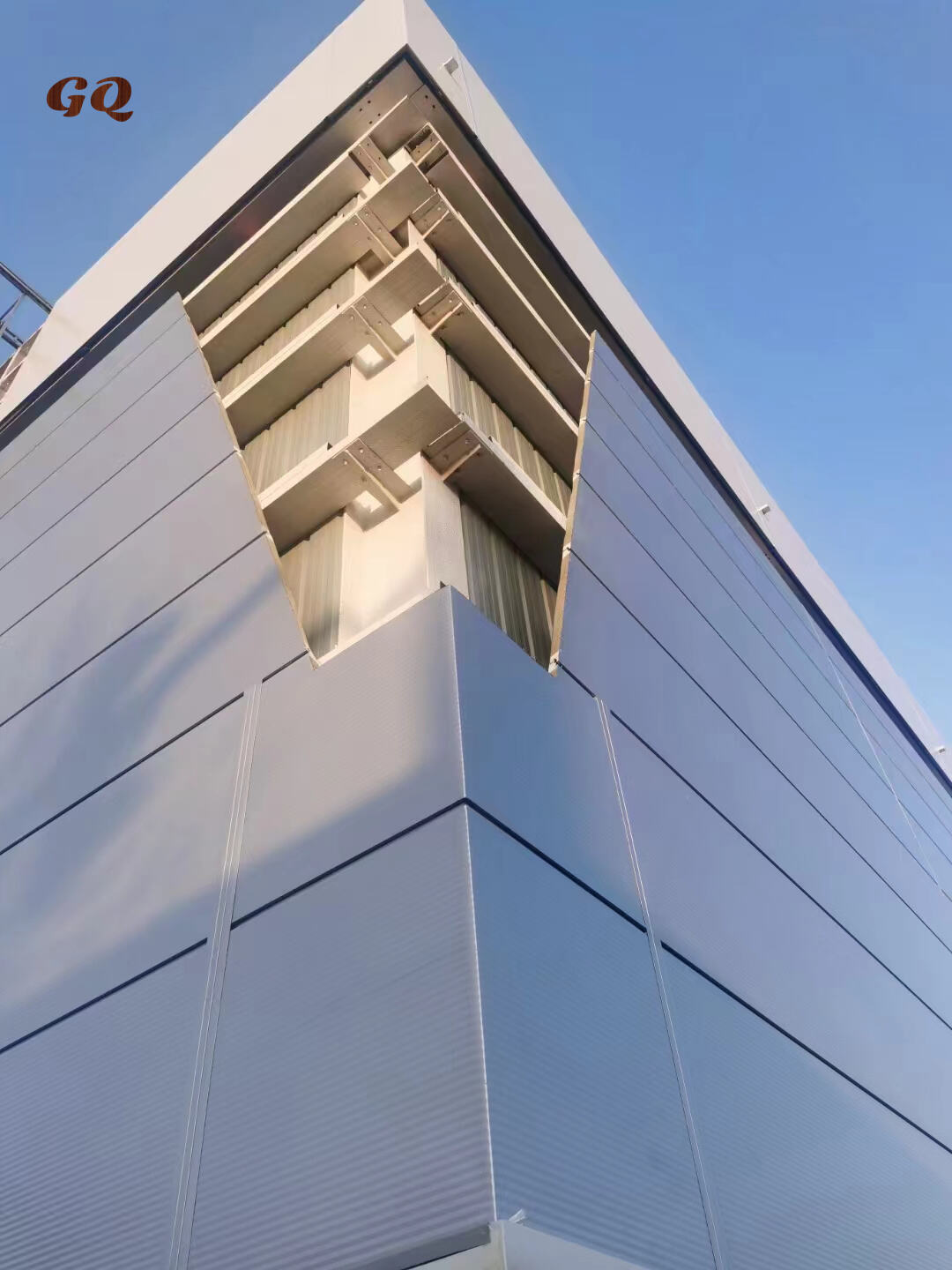In construction and other industrial applications, sandwich panels have many inherent advantages to make them a popular choice for a variety of projects. These panels feature two outer layers of a strong, rigid material, such as metal, plastic or wood, bonded to a lightweight core. The design not only ensures high strength-to-weight ratios but also means that installation and handling are simple despite the durability of the product. Sandwich panels have high insulation properties. This attribute results in energy-efficient buildings, reduces heat transfer and thus kwh consumption for heating and air conditioning. In addition, because of their good acoustic performance, sandwich panels help to reduce transmitted noise levels in environments where there is considerable background noise. Because the panels show high resistance to moisture and corrosion and can be manufactured in large, continuous sheets, they are suitable for applications in severe conditions. This will permit a rapid construction process with less waste. Aesthetically, sandwich panels can have a wide range of finishes-surface finishes, paint colors, and textures-making them quite flexible in design. And they are so easy to customize. For example, windows doors or other architectural features can be included directly into the manufacturing process. Overall, sandwich panels put together the physical properties of strength, insulation and acoustics with design flexibility plus beyond this easily into one ecologically economical package for today's construction and industrial technology.


